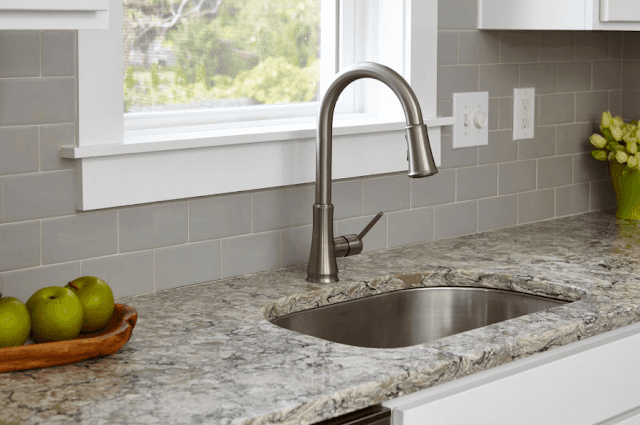Whether you are building a new home or remodeling, there are points to consider when establishing your financial investment and achieving your desired outcome.
Plan with the Future in Mind
- Determine your priorities and goals.
- Decide where you want to splurge and where you can save.
- Choose what is important to you and your lifestyle.
- Consider resale value.
Next, do your homework so you can invest wisely. Look for a reputable and licensed builder who has experience constructing the style of home you want in the location you want, especially if it is near the coast. Check references, view previous projects and interview more than one builder. Also, any trade partners should be experienced, licensed, and insured. Respected tradespeople are well worth the investment.
Energy-Savers:
- Insulation – The higher the R-value, the greater the insulating power. R-value is the metric used to measure the capacity of an insulating material to resist heat flow. Good – fiberglass batts; Better – cellulose insulation; Best/Premium – closed cell spray foam insulation. Try to achieve the highest R-values you can afford. You can save money with the type of insulation you select. Consider this - spray foam is more expensive than fiberglass, but fiberglass will require thicker wall cavities to insulate to the same R-value as spray foam.
- Windows and Doors – The majority of energy loss occurs in windows and doors, mostly through the glass. Look for Energy-Star rated double-pane windows and not just a well-known brand. Splurge on Low-E glass windows (low thermal emissivity) that are designed to keep the temperature in your home consistent. Low-E glass windows have a very thin metallic coating that is transparent and reflects heat so when it’s cold outside, they keep the heat inside and when it’s hot outside, it stays cool inside.
- Heating and Cooling - Have the trade partner do all the Manual J calculations to ensure that your HVAC system is properly sized. An oversized system will cost you more up front, and in the future, because it won’t be as efficient. Also, conduct a blower test to ensure that your house and ductwork are properly sealed.
- Water Heaters – Energy-Star conventional water heaters will save you money rather than tankless water heaters. Or consider using one tankless water heater in the master bathroom and a conventional one for the rest of the house.
These upfront investments can keep your home cooler in the summer and warmer in the winter while keeping your home secure and structurally sound.
Design and Structure:
Depending on what is important to you now vs. what improvement/changes you’re hoping to make in the future will help you decide where to splurge and where to save during the planning process.
Splurge on more permanent areas of the home:
- Gourmet Kitchen – upgrade appliances, cabinetry, countertops, and lighting.
- Master Bathroom – include a walk-in spa shower, custom vanity, or perhaps a heated floor.
- Design for Future Improvements – if you plan on finishing a basement or bonus room or adding another bathroom, have these spaces framed and insulated, adding electrical, plumbing, and gas lines during the building process.
Save on structure extravagances and anything that can easily be replaced or changed:
- Extravagant floor plan or roof line - Do you really need an extravagant floor plan or roof line considering what it costs to create them.
- High ceilings – go for 8’6” or 8’9” instead of 9’ or 10’ ceilings. The higher the ceiling, the higher the structural cost. Plus, you may need larger windows, doors, or cabinets to compensate for the high ceilings in order to create visual harmony.
- Flooring – consider the type of floor in relation to the room and location of your home: vinyl plank vs. hardwood vs. carpet.
- Trim, molding, and fixtures – save by using simple styles…you can always add or change styles later.
A good design involves smart planning.
It takes focus and discipline to make decisions up front before construction starts. This will avoid costly change orders or mistakes during the building process and make the construction phase easier, faster, and less stressful. When you do this, the more successful you will be in achieving the investment you had budgeted for at the beginning of this life-changing journey.
When you choose Connecticut Valley Homes, not only are you choosing a reputable, experienced builder, but you’ll have a design partner to guide you every step of the way. Visit
ctvalleyhomes.com for more information or call us at 860-739-6913.




This comment has been removed by the author.
ReplyDeleteSuch sites are important because they provide a large dose of useful information ... st Louis home builder
ReplyDelete